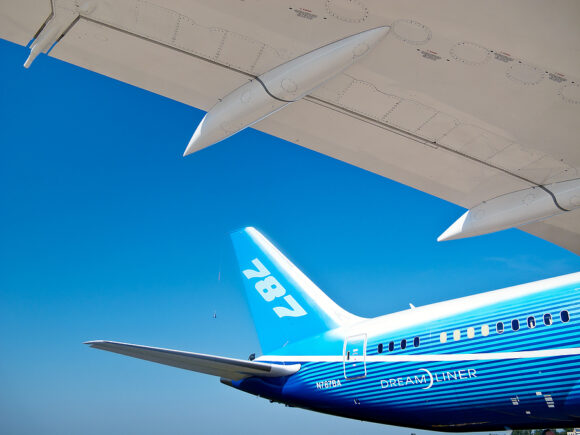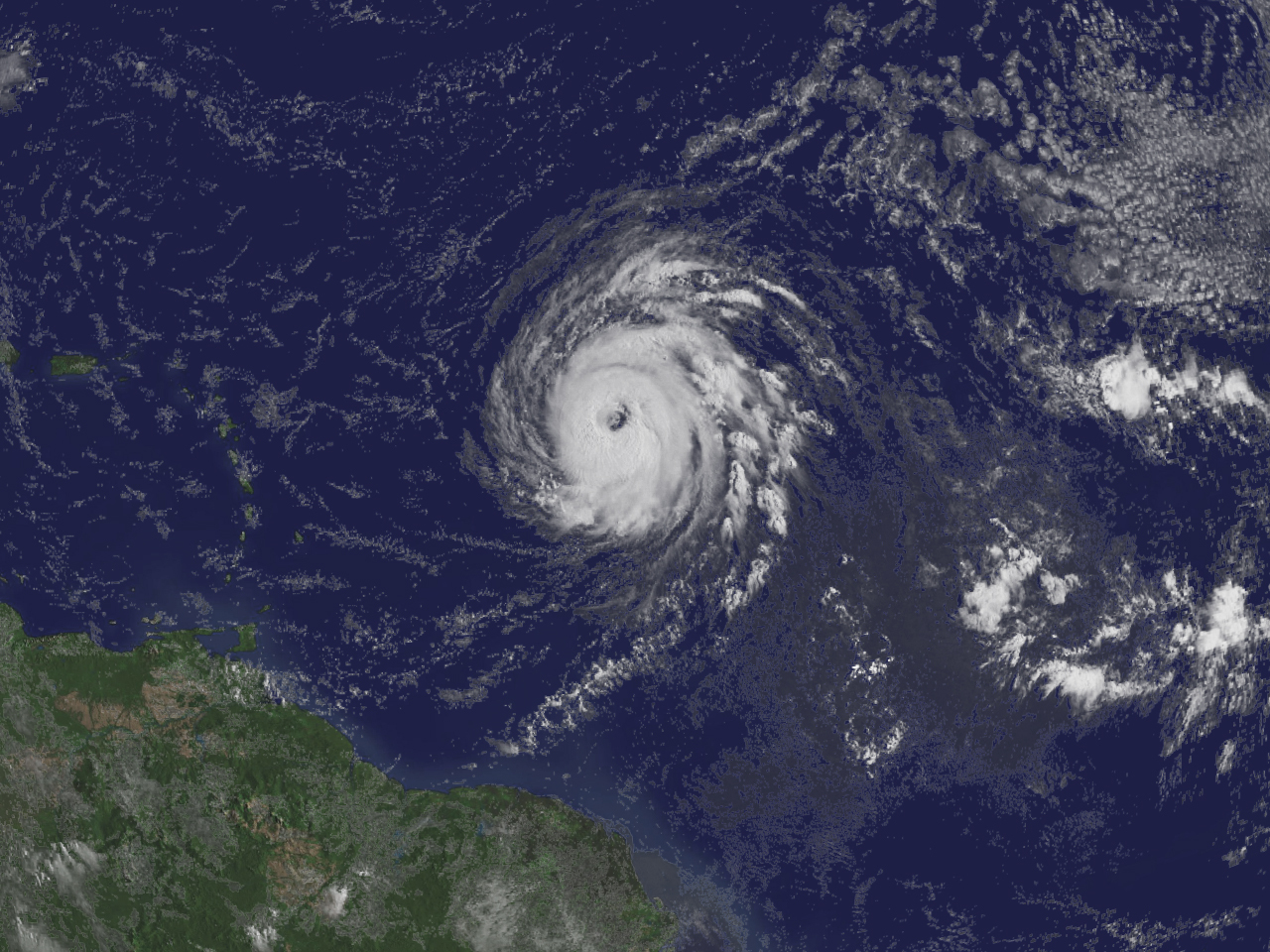Three deadly air crashes that have killed 170 passengers in the past 4 1/2 weeks may indicate that 2017, the safest-ever year for aviation, represented a statistical blip.
A total of five fare-paying customers lost their lives in just two crashes on planes of 14 seats or more in the whole of last year, and there were no passenger fatalities at all involving jet-powered aircraft.
With 2018 only 2 1/2 months old, that death toll has already jumped exponentially, including the first fatal jet crash since the end of 2016. The trend highlights the relatively higher risk associated with flying on smaller aircraft, especially turboprops, in locations with challenging terrain and less developed airport infrastructure lacking the most modern navigational aids.
“The airline industry probably isn’t as safe as looking at 2017 in isolation would have us believe,” Paul Hayes, safety director at London-based aviation consultancy Ascend FlightGlobal, said in an interview. “But three fatal accidents in a few weeks doesn’t mean that safety has got worse.”
This week’s crash involving Bangladesh-based US-Bangla Airlines, which killed 45 passengers, appears typical of deadly incidents in the past few years. It featured a turboprop model – a Bombardier Inc. Dash 8 – and an airport, Kathmandu, that’s ringed by mountains and notorious among pilots.
Hazardous Role
Hayes, whose Airline Safety & Losses review proclaimed after 2017 that “the age of zero accidents is here, more or less,” said an air traffic control transcript from the plane’s final moments indicates confusion over its position and which runway it had been allocated to.
A Feb. 18 crash that killed 60 passengers on a flight operated by Iran Aseman Airlines also involved a turboprop, an ATR 72 built by Airbus SE and Leonardo SpA, which hit a 13,000-foot mountain. Both 2017 incidents with passenger fatalities again featured propeller aircraft, with one person dying when an ATR 42 came down after takeoff in Saskatchewan, Canada, and five killed when a Czech-built Let L-410 crashed short of the runway in eastern Russia.
Hayes said it’s not the planes themselves that are the issue, nor even the maintenance regimes at little-known operators, but the testing routes on which aircraft are deployed. “Turboprops generally operate in more hazardous environments,” he said. “In places like Papua New Guinea roads don’t exist and the only way is air, but the mountains and low cloud mean that it’s never going to be entirely safe.”
Safer Jets
ATR planes are designed for their versatility and are in service with more than 200 customers in 100 countries worldwide spanning very different operating conditions, spokesman David Vargas said. Bombardier’s Nathalie Siphengphet said the company studies incident reports and works with airworthiness authorities and clients to improve processes, training and reliability.
 Hayes points to the record of Western-built jetliners as indicating a rapidly improving safety trend at major airlines.
Hayes points to the record of Western-built jetliners as indicating a rapidly improving safety trend at major airlines.
A Feb. 11 jet crash that killed 65 passengers when their aircraft came down shortly after departing Moscow involved a Russian-built Antonov An-148, and was operated by little known Saratov Airlines. Prior to that, the last customer fatalities on a jet came in November 2016 when 73 died on an BAE Systems Plc Avro RJ85, which though British-built is a smaller regional model that was operating a charter service, while an EgyptAir Airbus A320 that plunged into the Mediterranean killing 56 travelers may have been destroyed by a bomb.
That leaves the loss of a FlyDubai Boeing 737 that crashed in bad weather in Rostov-on-Don, Russia, after two aborted landings as the last case of passenger fatalities on a Western jetliner not involving an external attack. The crash killed 55 passengers on March 19, 2016 – almost exactly two years ago.
Was this article valuable?
Here are more articles you may enjoy.


 Auto Insurer Fined for Data Breach That Impacted 45K New Yorkers
Auto Insurer Fined for Data Breach That Impacted 45K New Yorkers  An Unusually Active Hurricane Season Is in Store for the Atlantic
An Unusually Active Hurricane Season Is in Store for the Atlantic  Scammers Are Pushing Auto Loan Fraud to Record Levels
Scammers Are Pushing Auto Loan Fraud to Record Levels  Novogratz’s Galaxy to Pay $200 Million in NY Luna Settlement
Novogratz’s Galaxy to Pay $200 Million in NY Luna Settlement 